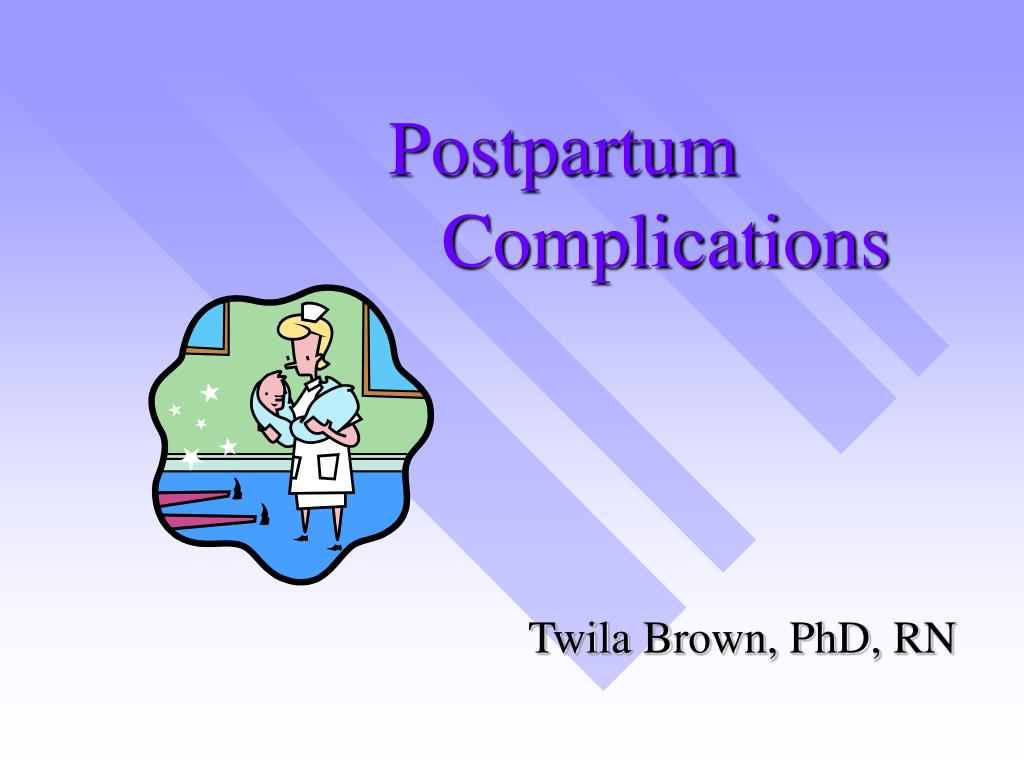
More recently, hysteroscopic removal has been proposed in the literature as being a superior option to blind curettage. On the other hand, blind curettage has shorter learning curve and preprocedure set up compared to the other methods and costs less in the short term. Though traditional, blind curettage may cause complications such as uterine perforation, incomplete evacuation with persistence of retained intrauterine products, and Asherman’s syndrome. Conventionally, the surgical management of such cases is largely performed using blind dilation and curettage. Surgical management options of this condition include blind curettage, hysteroscopic resection, and hysteroscopic morcellation. All in all, the diagnosis is based on the sonographic appearance of intrauterine echogenic material, on patient’s symptoms and signs and on clinical findings. Endometrial mass is the most sensitive (79%) and specific (89%) feature for RPOC. Among the sonographic features that may imply RPOC are endometrial mass, greater endometrial thickness (ET), and high endometrial vascularity. Ultrasonography is useful in order to evaluate RPOC, although it is challenging to differentiate blood clots from RPOC. Short-term complications include abdominal vaginal bleeding or spotting and infections, while long-term complications include Asherman’s syndrome, infertility, miscarriages, and pregnancy complications such as placenta accreta. RPOC may lead to short- and long-term complications. One of the most important risk factors that may lead to RPOC is placenta accreta, defined as abnormal attachment to the myometrium either in whole or in part. Retained products of conception (RPOC) may occur after miscarriage, pregnancy termination, and vaginal or cesarean delivery.

Patient had no menstruation yet, due to breastfeeding. Two months after the operation on routine transvaginal ultrasound examination, a normal looking endometrial cavity was identified. The patient was fully recovered, and follow-up was uneventful. Total blood loss during the procedure was less than 50 ml with total normal saline deficit of 500 ml (total in 5800 ml and total out 5300 ml).

At the end of the surgical procedure, the cavity appeared to be empty. The removed material was sent to histological examination and the histological report confirmed our diagnosis. Figure 1 demonstrates the hysteroscopic view of the retained placental tissue and the ultrasound image of the uterus before the operation.

Our aim was to minimize thermal damage to the endometrium in order to reduce the risk of formation of intrauterine adhesions, perforation, and bleeding. During the procedure, we minimized the use of electrosurgery, and under transabdominal ultrasound guidance, remnants were successfully removed as close as the uterine serosal border. In order to separate and remove gently and selectively the placental remnant from the underlying endometrium, we used the loop of the bipolar resectoscope as a curette performing cold dissection. Hysteroscopy revealed a mass which grossly measured 1.5 × 1.5 × 2 cm. The woman was in gynecologic position, and the procedure was carried out after cervical dilation using Hegar’s candles. The procedure was performed under general anesthesia using a 26-F resectoscope (Karl Storz, Tuttlingen, Germany) fitted with a bipolar 4-mm cutting loop. Hysteroscopic removal of the retained tissue under ultrasound guidance was decided. Serum levels of beta-human chorionic gonadotrophin (β-hCG) were negative. The mass measured 18 × 18 mm in diameter, and color Doppler ultrasound (US) excluded vascularization (color score 1). Transvaginal ultrasound revealed a hyperechoic inhomogeneous mass in the uterine cavity, within the fundus and posterior part of the endometrial cavity infiltrating also myometrium up to 10 mm from uterine serosa, suggestive of retained products of conception (RPOC).

Hospitalization was uneventful, and she was discharged home 4 days after delivery.įorty days later, on her routine postnatal follow-up, she complained for persistent spot bleeding. She was managed medically with Syntocinon and ergometrine initially followed by dilation and curettage. Twenty-four hours postnatally, she developed postpartum hemorrhage (PPH). The cesarean section was standard and uncomplicated. The mother’s body mass index (BMI) before cesarean section was 26, and her body temperature, blood pressure, and heart rate were within normal limits (36.8 ☌, 128/77 mmHg, and 79 beats per minute (bpm), respectively). A 40-year-old nulliparous woman with no previous gynecological operations underwent at 39 weeks of gestational age a caesarean section due to breech presentation.


 0 kommentar(er)
0 kommentar(er)
